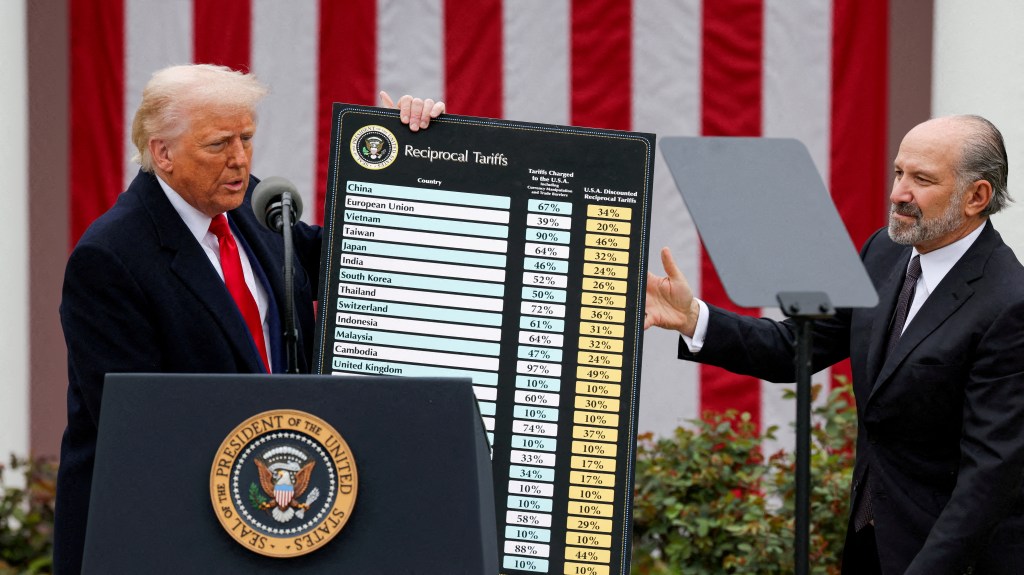European Markets Surge as Trump Eases EU Tariff Threats
European markets experienced a significant surge on Monday after President Trump eased his previously stated threats of implementing a 50 percent tariff on European Union goods, originally set to occur in early June.
The President reinstated a prior deadline of July 9 for negotiations with the EU following a conversation on Sunday with Ursula von der Leyen, the president of the European Commission.
Trump noted that von der Leyen is eager to engage in serious negotiations, in contrast to his earlier comments suggesting that trade discussions with the EU were stagnant.
European stocks opened with gains on Monday, alongside a rise in US futures, although US and UK markets were closed for Memorial Day and the late May bank holiday, respectively.
The German DAX increased by approximately 1.7 percent to about 24,000, while France’s CAC 40 rose by 1 percent to approximately 7,800. In the US, the S&P 500 futures climbed by 1.3 percent, and the Dow Jones Industrial Average gained 1.1 percent.
The US dollar fell to its lowest point in a month, and gold prices also declined as the easing of trade tensions diminished demand for safe-haven assets. Gold had its best week in six weeks prior, benefiting from Trump’s earlier tariff threats, but it decreased by around 0.8 percent to $3,330 an ounce by late morning on Monday.
Financial markets have faced volatility since Trump launched a global tariff strategy on “liberation day” on April 2. At one point, the S&P 500 plummeted nearly 20 percent below its record high due to fears that the tariffs could trigger a global recession. However, it has since rebounded to just 3 percent below its peak following Trump’s suspension of tariffs on China and several other nations.
US stocks saw declines last week as a result of Trump’s latest tariff threats. The S&P 500 marked its worst week in seven, falling by 0.7 percent, while the Dow Jones dropped 0.6 percent and the Nasdaq composite registered a decline of 1 percent.
Apple shares were particularly impacted last week after Trump threatened a tariff of at least 25 percent on iPhones produced overseas, part of an initiative to encourage the company to shift its production to the US. The President later clarified that the tariff would extend to all smartphones manufactured abroad, not solely Apple devices.




Post Comment